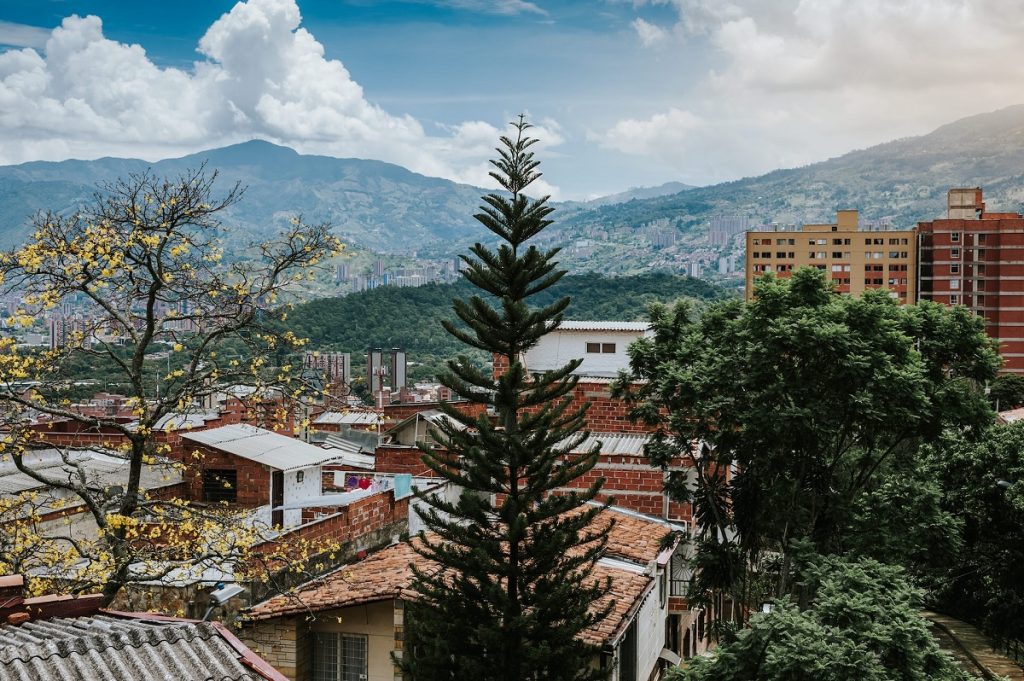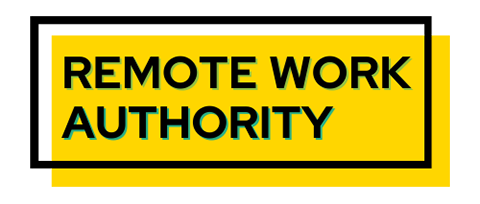Colombia recently joined the growing list of countries with visas to attract remote workers. The Colombia digital nomad visa is for 2 years in a beautiful location with a low cost of living. Even those nomads with lower incomes qualify to enter the country and can afford to live well there.
Colombia is one of the most sought-after digital nomad locations in the world due to its beautiful scenery, low cost of living, and well-established digital nomad community. Now, going there to work is maybe even more attractive by the new Colombia digital nomad visa, which is exciting on many levels.
While the visa was technically released in October 2022, it was formally announced at the Mobile World Congress in April. The country is making an aggressive attempt to pull in at least 45,000 digital workers within the next 18 months.
What’s Appealing About The Colombia Digital Nomad Visa
What is particularly attractive to digital nomads is:
- The visa is good for 2 years
- The required income is only $700 US dollars per month
- The cost of living is low, so funds will go far
- There is a well-developed coworking space there, so digital Nomads can quickly become enmeshed in the culture.

Come To Stay For 2 Years
Many other countries on the growing list of those who issue digital nomad visas only allow remote workers to legally stay there for 6 to 12 months, even with extensions and visa runs. Having to move frequently is costly and disruptive. According to recent statistics, 71% of digital workers plan to live as digital nomads for 2-3 years, so 2 years is an ideal length of time to work before having to be preoccupied with their next destination.
Those with the visa qualify for state identification (Cedula de Extranjeria), so they can rent property and sign up for a mobile phone contract. As long as they have health insurance, they can enjoy Colombia’s excellent health care system.
Low Income Requirements
In contrast to the many countries that require incomes of well over $50,000 per year to qualify to work in the country, Colombia requires proof of $700 per month. Over 44% of digital nomads make over $75,000 per year, so the requirements are not difficult for many established traveling workers, so even newer workers with lower incomes can prosper in Colombia.
Low Cost Of Living
Someone who wanted a slightly better quality of living might need more than $700 per month to live one, but everything from food to rent to utilities is cheaper in Colombia. The cost of living is 66% lower than in the U.S., while rent is nearly 83% less. Rents and other costs are increasing as more nomads enter the country, but everything is still more affordable than in the U.S.
You can find a fuller picture of expenses online, but here are a few important ones:
| A one-bedroom apartment in the city center | $262 |
| Utilities (Electricity, Heating, Cooling, Water, Garbage) | $66 |
| Internet $21 | $21 |
| Meal in a local cafe | $3.31 |
| Domestic beer | $0.99 |
| Soft drink | $0.65 |
| Cappuccino | $1.20 |

Established Community
Moving to a foreign country can be challenging, but Colombia’s well-developed digital nomad community is an important resource for remote workers. Cities such as Medellin, “The City of Eternal Spring,” Bogota, Cali, and Pereira have large enclaves of ex-pats.
More experienced immigrants can help nomads find housing and acclimate in the safest yet most vibrant parts of these cities. Nomad groups offer a network of instant friends, potential roommates, drinking buddies, and coworkers. They can direct newbies to the best coworking spaces or give pointers for working at home.
Those interested in being digital nomads might look toward Colombia for an unbeatable introduction to remote work in a foreign land.


